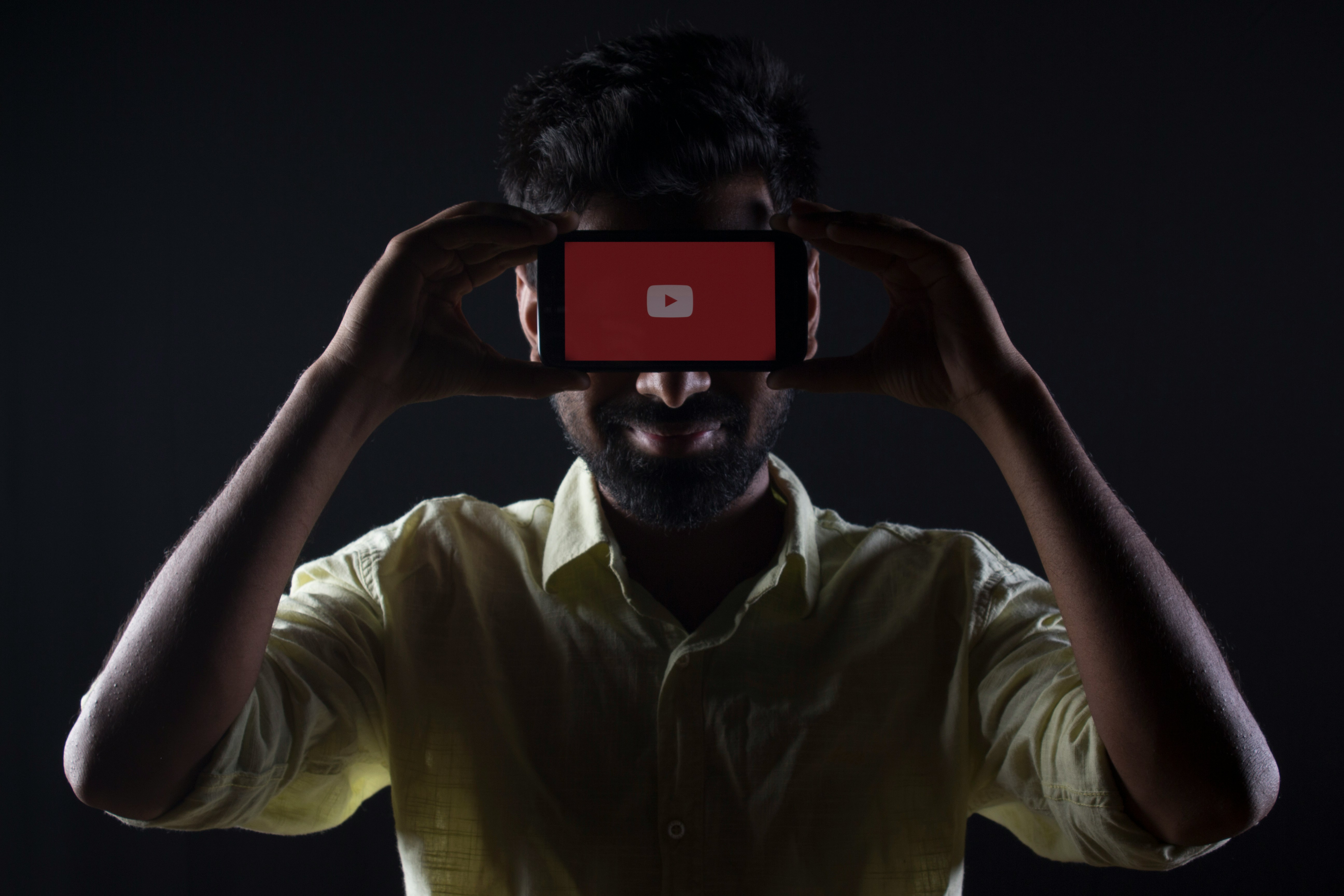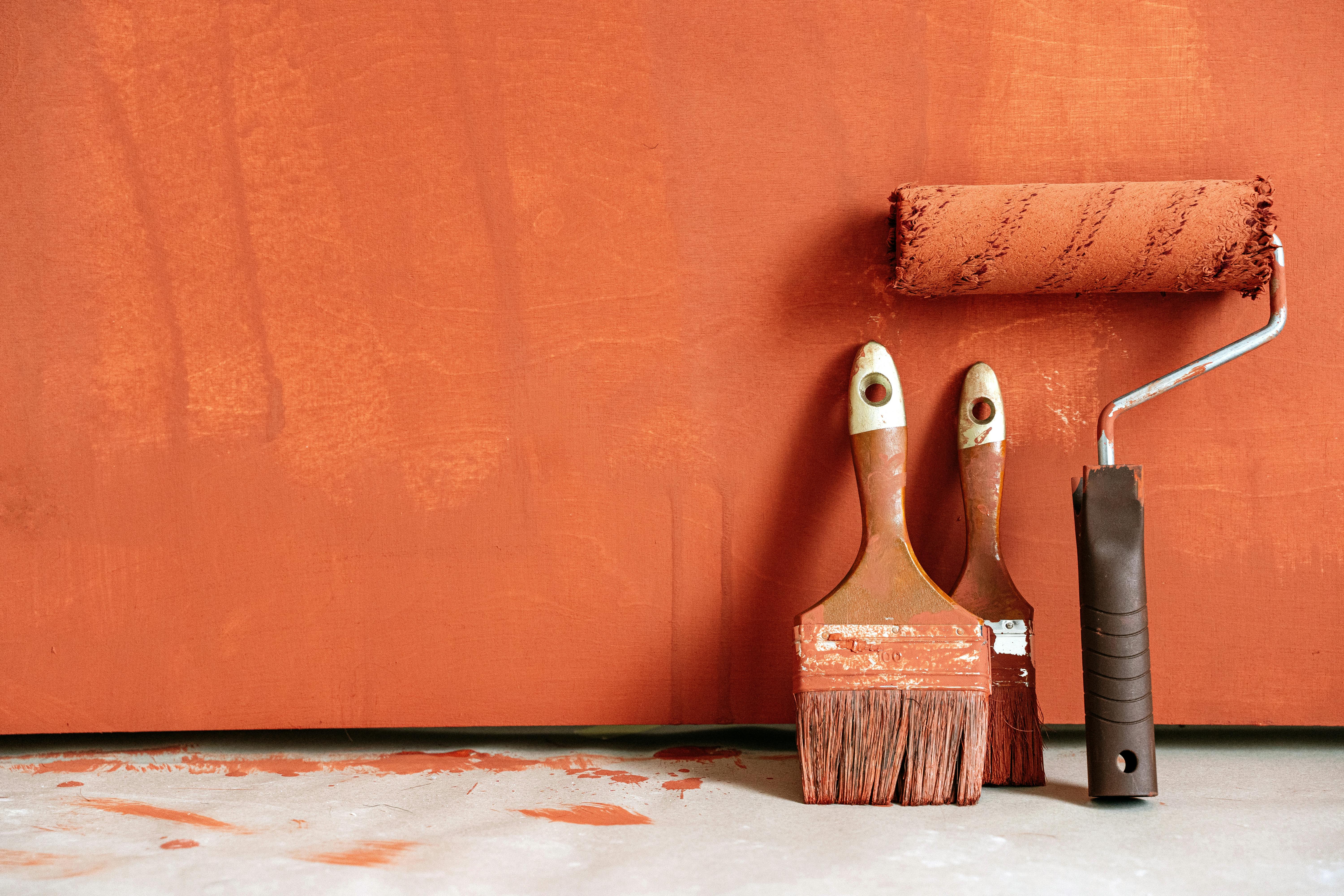Virtual Reality in Theater: A New Stage Experience
In recent years, the world of theater has been experiencing a technological transformation that is redefining the boundaries of live performance. Virtual Reality (VR) is at the forefront of this revolution, offering audiences an immersive experience that traditional theater cannot. This innovative integration of VR in the theatrical arts is creating new possibilities and generating significant interest among artists and audiences alike.

Historical Context of Virtual Reality in Theater
The roots of virtual reality stretch back to the mid-20th century, with early experiments in immersive environments designed to enhance entertainment experiences. However, it wasn’t until the 2010s that VR technology became sophisticated enough to be seriously considered in theatrical contexts. Initial experiments focused on enhancing set designs and creating virtual backdrops, but the potential for fully immersive storytelling soon captured the imagination of theater directors and technologists.
Key Developments and Innovations
One of the first significant uses of VR in theater was in 2016 when the Royal Shakespeare Company collaborated with Intel and The Imaginarium Studios to produce a groundbreaking version of The Tempest. This production used motion capture and VR to create a digital character that interacted with live actors, blending the physical and the virtual in an unprecedented way. Such innovations have paved the way for further exploration of VR within theater.
Current News and Updates
Today, VR is becoming more accessible and cost-effective, allowing smaller theater companies to experiment with this technology. Notable productions in 2023 include immersive experiences where audiences don VR headsets to step into the world of the play. These productions blur the line between spectator and participant by placing audiences within the narrative, providing a personal and interactive viewing experience.
Impact and Significance
The integration of VR into theater is not just a novelty; it represents a significant shift in how stories are told and experienced. This technology allows for greater creative freedom, enabling playwrights and directors to craft worlds that were previously unimaginable. It also democratizes the theater experience, as VR can bring productions to audiences who may not have access to traditional theater venues. This expansion of reach and accessibility could lead to a broader appreciation and understanding of theater as a whole.
Reception and Future Prospects
The reception of VR in theater has been mixed, with purists arguing that it detracts from the live, tangible nature of traditional performances. However, many see it as an exciting evolution that complements rather than replaces traditional methods. Artists and audiences are beginning to embrace the possibilities, and with advancements in haptic technology, the future holds even more potential for creating rich, multisensory experiences.
Conclusion
As VR continues to evolve, its role in theater will likely expand, offering new ways to engage audiences and tell stories. While it may never fully replace the traditional stage, VR is undoubtedly carving out its own niche, providing a new platform for creativity and innovation in the arts. As artists continue to experiment with the possibilities, the theater landscape will surely become even more dynamic and diverse.




